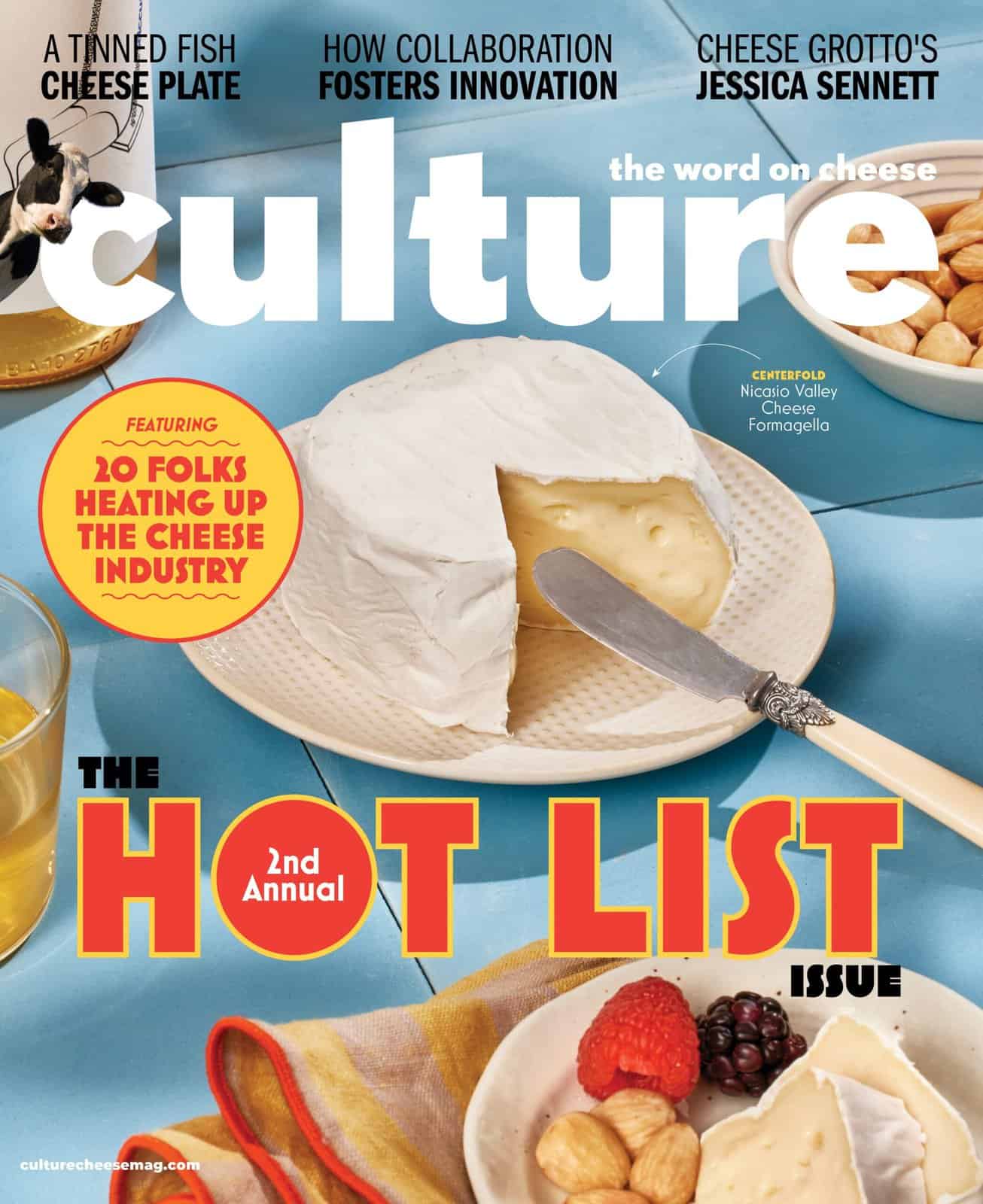
With its lush, plummy flavors and soft, round texture, malbec is easy to love—so much so that US sales of Argentine bottles have doubled in the last decade. Indeed, the red has become a go-to for every occasion, from backyard barbecues to fancy dinners out.
It’s a curious turn of fortune for a grape that nearly disappeared in its native France. Phylloxera, a voracious winged insect, swept the country in the 1860s and decimated vast swaths of vineyards, including those in Cahors, a region famous for its malbec. It was such a shock that locals didn’t replant their grapes until the 1940s.
Meanwhile, though, malbec found a new home. A French agronomist traveling to Argentina in the 1850s brought along some vine cuttings and planted them in Mendoza, in the Andean foothills. The grapes loved the sunny, dry climate and became plumper than they ever had in Cahors, with sweet fruit flavors and smooth, round tannins rather than the rough and tough ones common to French versions. Today, Argentina produces nearly three-quarters of all the malbec in the world.
Because of its hearty flavors and association with Argentina, malbec’s obvious match is meat. Few people talk about pairing malbec with cheese. But for Karin Lawler, a former sommelier who now owns Denver’s Truffle Cheese Shop and The Truffle Table restaurant, it’s a no-brainer. “When people are looking for something big and rich, like cabernet sauvignon, but want to try something different,” she says, “malbec works well.”
Lawler suggests serving malbec with rich, nutty sheep’s milk options such as Abbaye du Belloc and Brébis de Rossinière. “The higher fat content [of the cheese] and the creaminess of the wine make for a melt-in-your-mouth combination,” she explains.
The only flavor challenge when it comes to Mendoza’s bounty? Sweetness. “Malbecs can be jammerific,” Lawler says. Which is when blues come in handy. “You need more acidity for [sweeter] wines,” she says. Lawler cites Roquefort Papillon—a spreadable, raw-milk cheese with small pockets of bluing—or Avalanche Cheese Company Midnight Blue, a firm goat’s milk blue, as nice complements.
Her final recommendation—Urdiña, a Basque blue—may be the ultimate malbec sidekick. Dense and creamy, with a rich paste to mask its saltiness, Urdiña magnifies the wine’s fruit and highlights the malbec’s silky texture. It’s a perfect pairing, the kind that inspires intense curiosity about other dynamic duos. So grab some cheese and one of these stellar bottles—it’s time to find the next great romance.
Argentina
- Bodega Noemía de Patagonia 2013 A Lisa ($30)
- Bodega Norton 2014 Colección Varietales Mendoza Malbec ($11)
- Bodegas Salentein 2013 Uco Valley Reserve Malbec ($19)
- Santa Julia 2013 Uco Valley Reserva Malbec ($13)
- Zorzal 2013 Tupungato Valley Terroir Único Malbec ($15)
France
- Château du Cèdre 2011 Cahors Le Cèdre $(68)
- Château de Hauterive 2011 Chemin de Compostelle Cahors ($20)
- Clos Troteligotte 2009 Cahors K-Lys ($23)
- Mas del Périé 2012 Cahors Les Escures ($18)
- Terracaë 2012 Cahors ($17)
Feature Photo Credit: Arina P. Habich | Shutterstock





